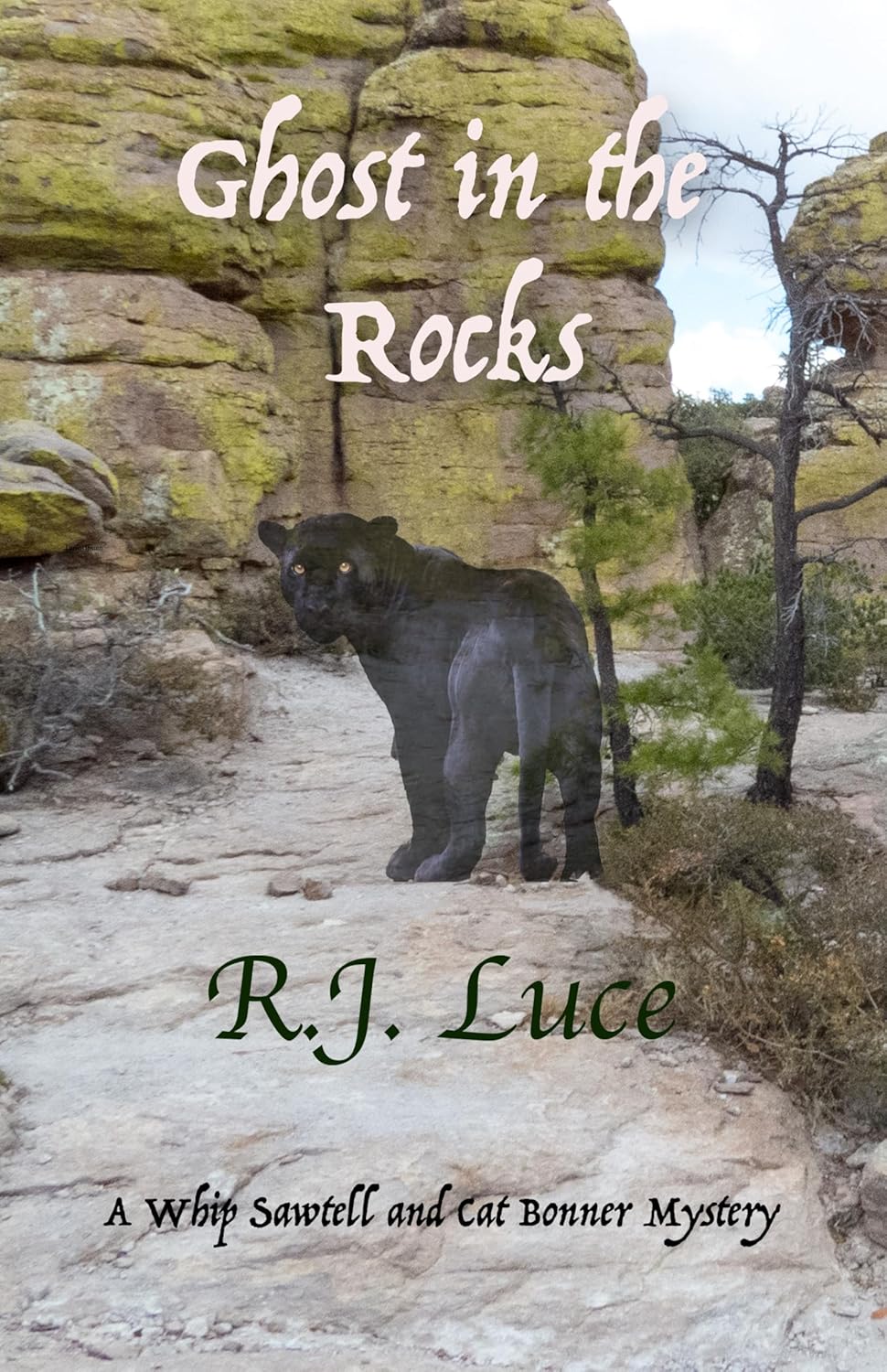
If you crave a tale brimming with adventure, danger, and the mystique of ancient civilizations, R.J. Luce’s Ghost in the Rocks is a must-read. This gripping narrative plunges readers into the heart of the Yucatan Peninsula, where dense forests, ancient Mayan roads, and mysterious cenotes set the stage for an unforgettable exploration. Whether you’re an armchair traveler or a thrill-seeker at heart, this book will transport you into the humid, pulsating depths of the jungle, where history and adventure collide.
A World of Overgrown Trails and Sacred Cenotes
The story begins at the edge of a sacred cenote, a natural sinkhole revered by the Mayans, and an overgrown jeep trail that once served as one of the Mayan sacbe—their famed “white roads.” From this vantage point, Sawtell and Smith gaze out over a mist-shrouded forest, imagining what mysteries lie beyond. Behind them, the road stretches west toward Chichen Itza, one of the most iconic archaeological sites of the ancient Mayan world, while ahead lies the sprawling ruins of the Coba complex.
These ancient roads, radiating like veins from the pyramid of Nohoch Mul, hint at the vast network of Mayan civilization that remains largely unexplored. As Sawtell muses about Charlie’s whereabouts, the narrative plunges us deeper into the untamed wilderness, where adventure and danger walk hand in hand.
The Heart of the Yucatan: A Breathless Environment
Luce’s vivid prose captures the Yucatan’s intense atmosphere. The air is thick with humidity, clinging to Sawtell’s skin like a second layer. The smell of rotting vegetation fills the senses, a constant reminder of the jungle’s raw, untamed energy. Readers feel the discomfort as sweat pools inside hiking boots and clothes stick uncomfortably to skin. It’s a sensory overload that immerses you in the reality of jungle exploration.
This is not just a story about adventure—it’s a visceral experience. You feel the sticky warmth of the jungle, hear the distant calls of unseen creatures, and breathe in the musty aroma of life teeming in the undergrowth. The forest isn’t just a backdrop; it’s a living, breathing character in its own right.
A Race Against Time and Environmental Decline
As Sawtell recalls Charlie’s last messages, the story takes on an urgent, eco-political tone. Charlie, concerned about the drying lagoons and cenotes around Coba, had connected with local environmentalists. The shrinking water levels threatened not only the local ecology but also the historical significance of the area. However, as Sawtell notes with weary wisdom, “Mixing politics with anthropology works about as well as mixing politics and wildlife management.”
The fight to preserve the lagoons adds a compelling layer to the narrative. It’s not just about surviving the jungle—it’s about protecting its delicate balance. Luce weaves together themes of conservation, politics, and the legacy of ancient civilizations to create a story as thought-provoking as it is thrilling.
Why Ghost in the Rocks is a Must-Read for Adventure Lovers
Ghost in the Rocks is more than just a story—it’s an invitation to experience the unknown. For readers who long for the thrill of exploration, the book offers a vivid escape into the wilds of the Yucatan, where every turn holds the promise of discovery and danger.
If you’ve ever dreamed of walking in the footsteps of explorers, tracing the paths of ancient civilizations, or uncovering the secrets of the natural world, this book is for you. Through its richly detailed narrative and unforgettable characters, Ghost in the Rocks takes readers on a journey they won’t soon forget.
R.J. Luce’s Ghost in the Rocks is a captivating blend of adventure, history, and environmental awareness. It’s a story that transports you into the heart of the jungle, immersing you in its beauty and its peril. Whether you’re a fan of action-packed tales, historical mysteries, or stories of survival in the wild, this book has something to offer.